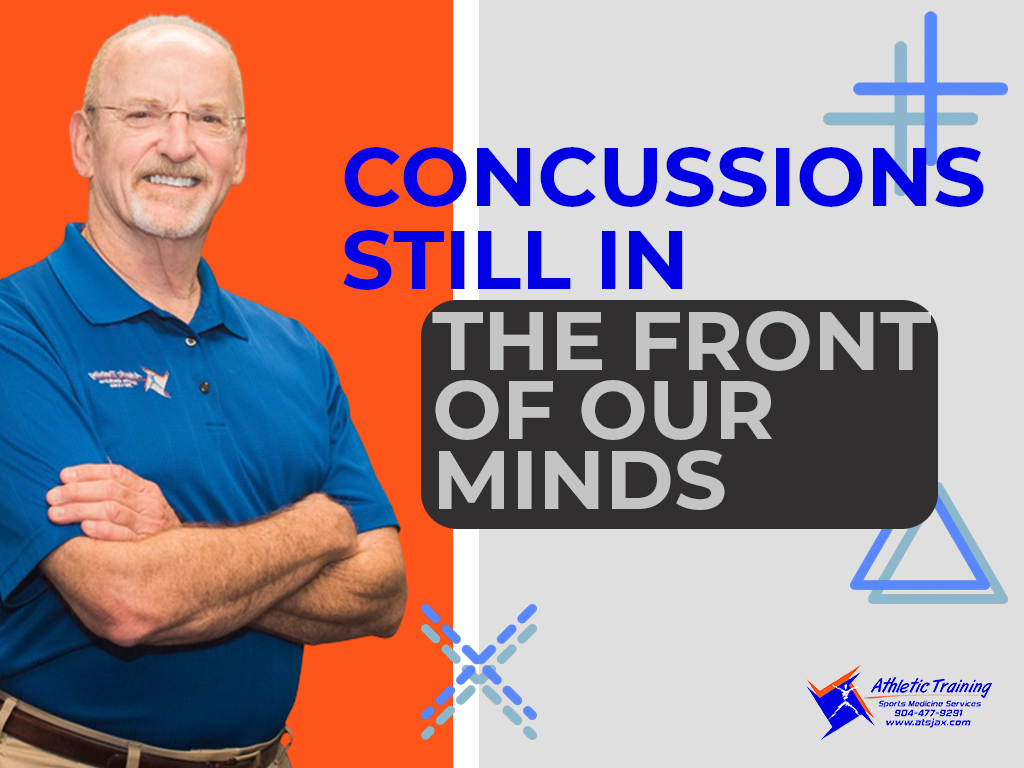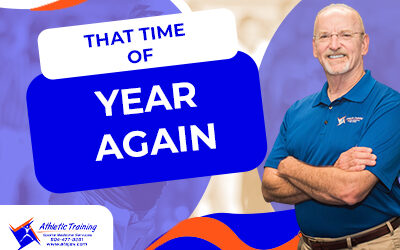Concussions article for GAME magazine
Nearly 30 million U.S. Children and youth participate in organized sports; the U.S. Centers for Disease Control reports that high school athlete’s account for an estimated 2 million injuries, 500,000 doctor visits and 30,000 hospitalizations each year. Sports-related concussions are a part of those figures and a leading cause of concern. Of the estimated 300,000 sports-related concussions, approximately 250,000 occurred in football players alone according to an article from the National Institute of Health. In 2013, several U.S. student athletes’ died as a result of untreated severe head injuries. Unfortunately, many go unreported due to peer pressure, personal desire to continue to play, or a belief that it’s not that serious to report.
According to a leading researcher, Kevin Gustkiewitz, PhD, ATC; concussions have not increased, they are just better reported and the media has continued to focus on this issue. The Academy of Neurology defines concussion as “a trauma-induced alteration in mental status that may or may not involve loss of consciousness and whose hallmark symptom is confusion”
The sports-concussion topic has even attracted the attention of the White House; which, recently hosted a summit to focus on prevention, diagnosis, treatment, and increased funding for research on this injury. As a parent or coach you may ask yourself, does my school or sports association have a licensed medical provider, such as a Certified Athletic Trainer educated in prevention, recognition and management of sports-related concussion supervising the functions of the organization in regard to player safety? Is there a written concussion management program that includes a return-to-learn component? If not, why not?
Concussion symptoms include; but are not limited to, headache (pressure in the head), nausea vomiting, confusion, dizziness, balance issues, increased irritability, personality change, feeling in a fog, sleep disturbances, light or noise sensitivity, sadness, feeling more emotional, difficulty concentrating, and visual problems. Symptoms may resolve with rest, which is actually “brain rest” and the limitation of visual and audio stimulation. (text messaging, video games, loud music, TV, etc.) A good rule of thumb in most cases, “rest your brain, aids the healing process.”
Florida law requires anyone suspected of a head injury be immediately removed from play and evaluated by a licensed physician (MD/DO). The physician should be someone who has been trained in the care and management of sports-related concussion. To assist the physician in making a return to play decision, the Florida High School Athletic Association provides two forms (AT18) which must be completed prior to any return-to-activity. The first is used at the physician evaluation, when all parameters are met to complete the form, the physician may authorize a progressive return-to-play protocol outlined on page one (AT18). This is a daily program to gradually challenge the athlete and make sure no symptoms return. The physician will then review the completed AT18 form and then authorize the return-to-competition, page two (AT18). The FHSAA forms are available through the Jacksonville Sports Medicine Program at www.JSMP.us as well as the FHSAA, www.FHSAA.org website
Computerized neuro-psychological assessments, while helpful, provides a baseline reference; but, are just one part of the process and are only to be used in combination with other medical evaluations by the physician..
What about school work and other activities? Concussions involve our brains which receive a lot of stimulation. A comprehensive “return-to-learn” process must also be considered in our overall management of concussion. Parents should work hand-in-hand with their physician, school administrators, guidance, school nurse and teachers to create an individualized program to aid the student-athlete in their recovery. These accommodations may involve a day or two at home (limited stimulation) followed by a daily increase of time and work load. A student-athlete must be able to resume a normal school workload prior to return to sports.
When it comes to safety, what can we as parents and coaches advocate? All students participating in contact sports should have the necessary resources to prevent and manage these concussive injuries. This includes: Access to an Athletic Trainer (AT) on and off the field. As President of the National Athletic Trainers Association, Jim Thornton says “would you ever drop your child at a swimming pool without a lifeguard?”; “yet, parents drop their children off at hockey, lacrosse, and football practices/games without an athletic trainer present – it doesn’t make any sense. This is a public health issue.”
Remember, there is no “one size fits all” in regard to brain injuries and concussion; especially, in their management and outcomes. Each athlete/injury needs to be treated individually. With any suspected head injury this requires immediate removal from the practice or contest immediately and NO return to play the same day as this can lead to significant consequences.




